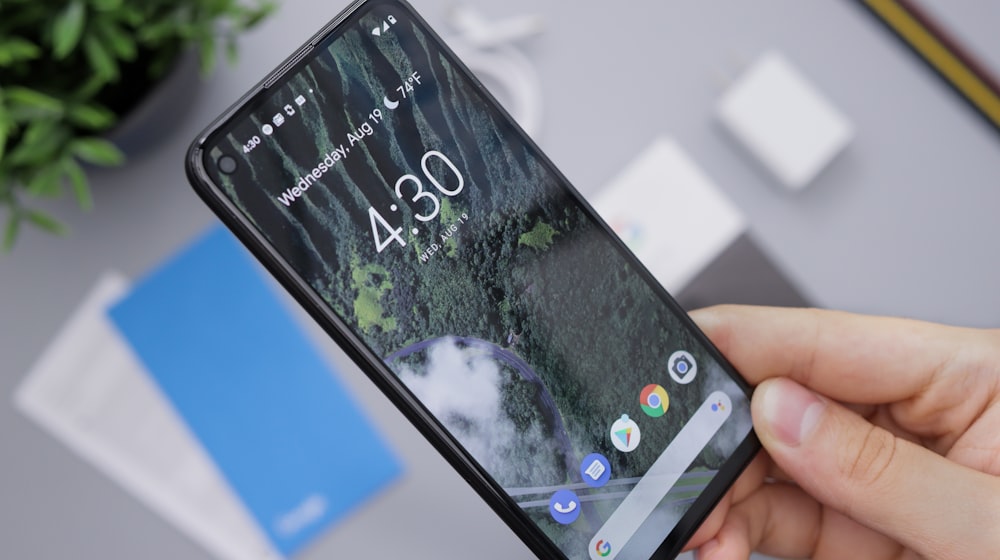By Mark Marchand | Special to The Republican
(The Republican daily newspaper, the primary daily in Springfield, Mass. Feb. 20, 2017)
BOSTON — If scientists have their way, the simple microphone and other standard smartphone components soon will deliver potentially lifesaving medical testing functions.
Smartphone use in the U.S. has become commonplace, with more than 70 percent of the population owning one, according to the Pew Research Center in Washington, D.C. The nearly doubling of smartphone ownership since 2010 has sparked a tidal wave of app development in areas ranging from entertainment to information to social media/communication.

A group of scientists is developing applications that would repurpose some of the physical components of smartphones for clinical uses away from the doctor’s office or a hospital.
The scientists, led by University of Washington Computer Science Professor Shwetak Patel, unveiled some of their work here during the annual meeting of the American Association for the Advancement of Science.
“We’ve seen a lot of advances in small devices, such as Fitbits, designed to measure physical parameters,” said Patel. “We wanted to build on that with an existing device that everyone has: a smartphone. We wanted to find out what we could do with gathering data that could help screen for some diseases.
“At the same time, many components of smartphones are a lot better than they used to be. Take cameras. Many smartphone cameras are as good as digital, single-lens reflex cameras.”
One application Patel is developing involves helping patients diagnose pulmonary disorders, such as asthma or chronic obstructive pulmonary disease, also known as COPD.
“Smartphone microphones, like most microphones, are simple pressure sensors,” Patel explained. Pressure changes from sound waves are translated into electrical impulses that flow to another location where they are changed back into sound.
“Using our app, an asthma patient could blow into a smartphone microphone from a set distance and, after the phone uses an algorithm we designed, receive instant feedback on lung capacity. They can either store that information on their phone, or transmit it to their doctor.
“We’re basically finding a way to use the microphone as a flow meter,” Patel said. “This is especially critical for those who are suddenly struggling and need to determine if they should see a doctor.”
Two other applications Patel and his team are working on use a smartphone camera and flash, and an internal component called an accelerometer.
“Using another app and software we developed, a person could place a finger over the camera while the flash is on, generating a reading on hemoglobin levels, or overall red blood cell count — helping to determine if the person is anemic.”
A final example presented by Patel could be useful for early signals about osteoporosis, or loss of bone density. The internal accelerometers that all smart phones use to flip the screen when the phone is moved can be linked with software to read vibrations.
“A person could hold the smartphone in his or her hand, and then tap their elbow on a table,” Patel said. “The accelerometers are sensitive enough to pick up vibrations of varying frequencies after the tap. This is similar to using a tuning fork. If done correctly, this test could detect some hollowing of bone, prompting a person to reach out and discuss the issue with a doctor.
“I need to be clear that this test and the others would not replace any formal bone scan or other exam,” he cautioned. “They could serve as some sort of early warning system.”
Patel said work on these and other apps is proceeding quickly, and early commercialization efforts could begin by the end of this year.
(Link to original story on newspaper website.)
